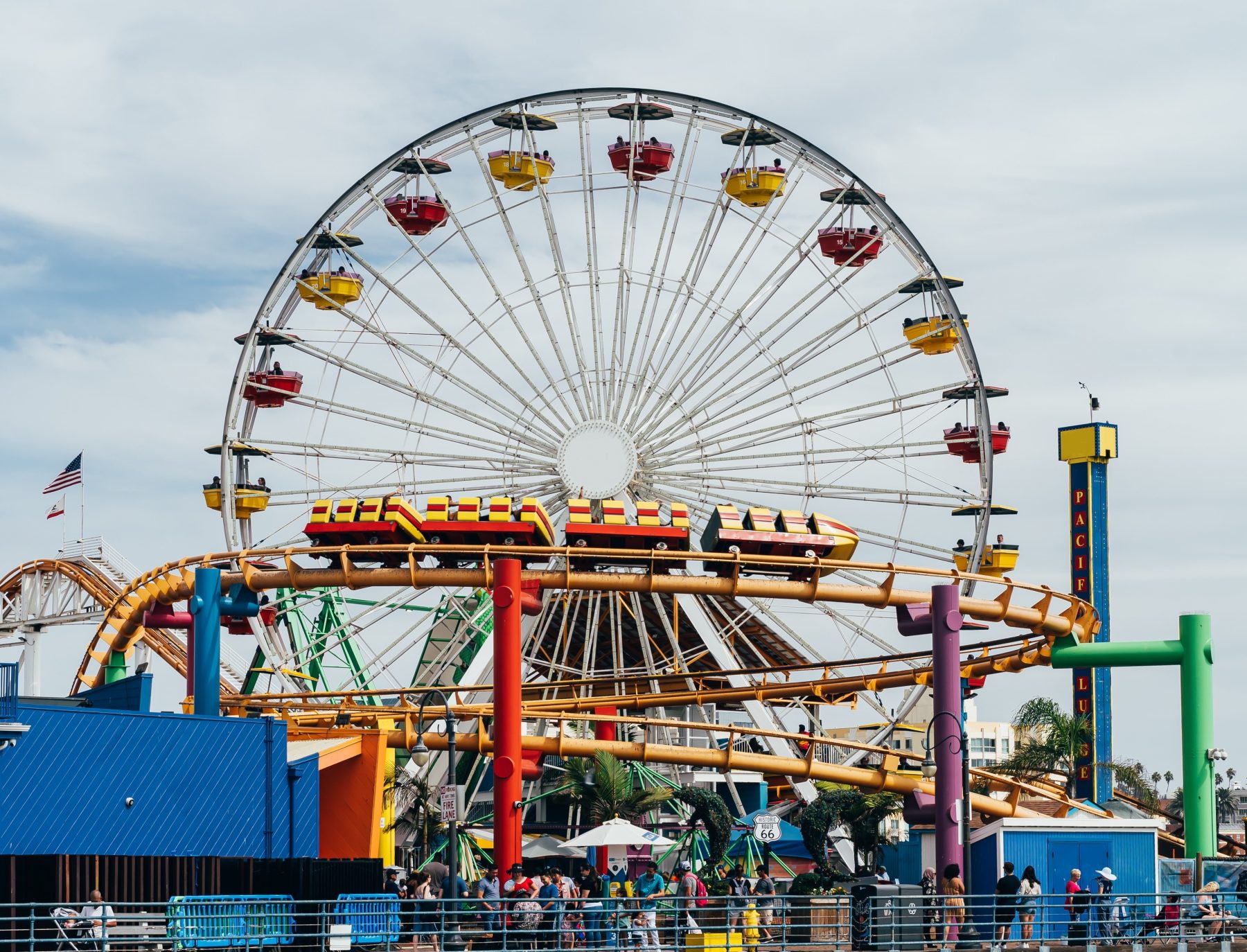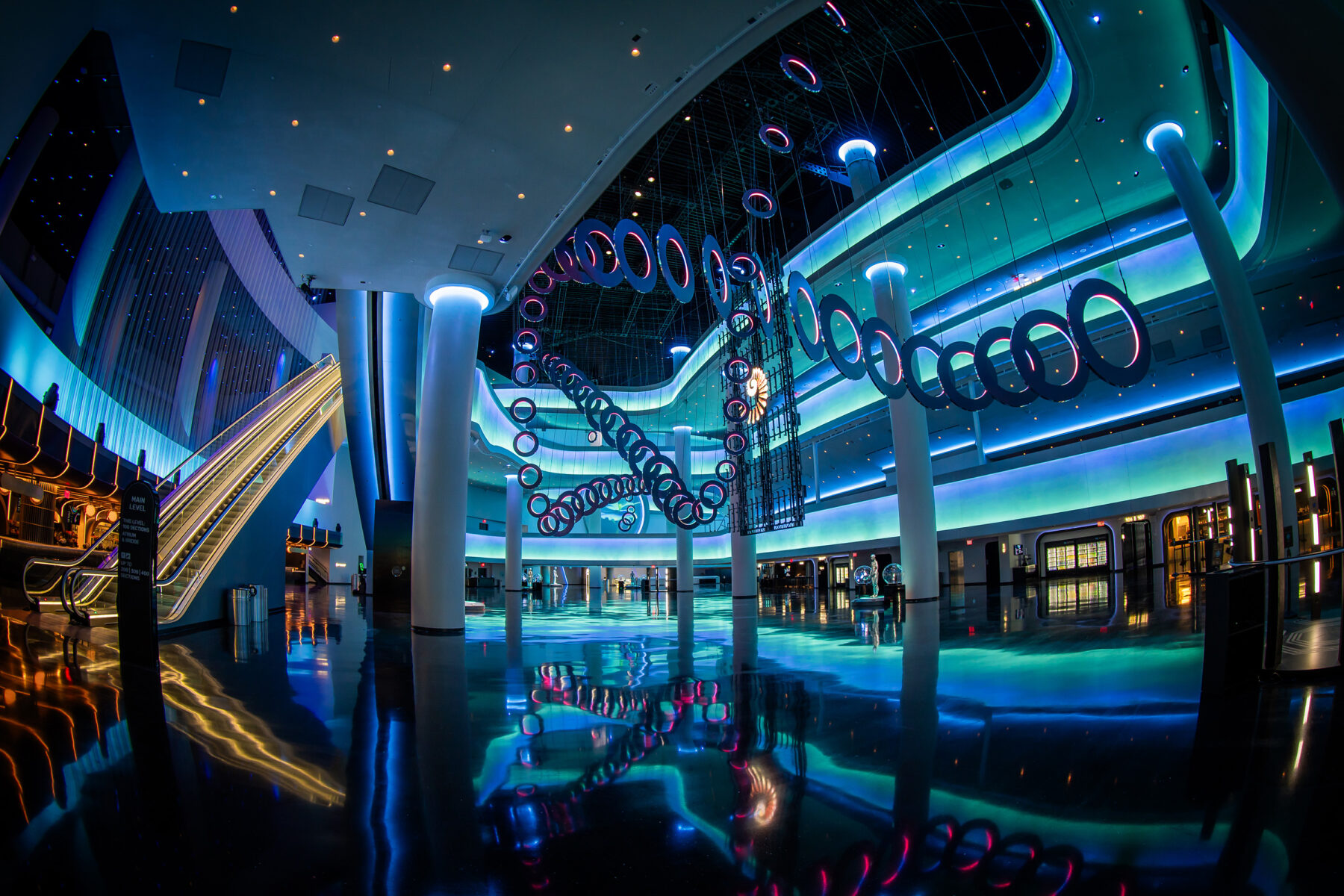Strategies for Driving Cost Efficiency and Strong Theme Park Attendance Outside of Peak Season
During slower months, the goal for theme park stakeholders is to strike the right balance between providing guests as amazing an experience as they would get during peak season, and adjusting costs accordingly.
While seasonal peaks and their degrees can vary greatly by region and specific destinations, Q1 of any given year tends to see a dip in theme park attendance at year-round attractions, which can last until school is out.
The goal for these locations is to strike the right balance between providing guests as amazing an experience as they would get during peak season, and adjusting costs accordingly in response to the decreased cash flow.
At nFusion, we advise stakeholders of a range of theme park and entertainment destination projects at various phases of development and operations lifecycles. Based on this experience, we’ve outlined the below steps that developers and owners can take to help ensure operations costs are feasible for the long term and drive a steady flow of traffic, even during slower times.
Strategically Design for Seasonality from Day 1

Anyone who has worked within the theme park and attractions industry will understand the general concept of, ‘you don’t build for Easter Sunday.’
Ideally, seasonal highs and lows should be accounted for long before shovels meet dirt for any ground-up development, redevelopment, or expansion.
Developing a park solely around a top attendance day during peak season would lead to impractical costs and idle assets at other times of the year.
Stakeholders should reference a ‘design day factor,’ which looks at an average of several top attendance days, to determine the number of required attractions and the pace of operations. That said, a common misstep is that this day is often calculated based on attendance averages too early in a theme park’s lifecycle.
With this in mind, operators of existing theme parks – both new and established – might also want to consider reevaluating how they calculate their average attendance days, to help them determine strategic adjustment of their attractions mix and operations.
Efficient and Nimble Operations, All Year Round
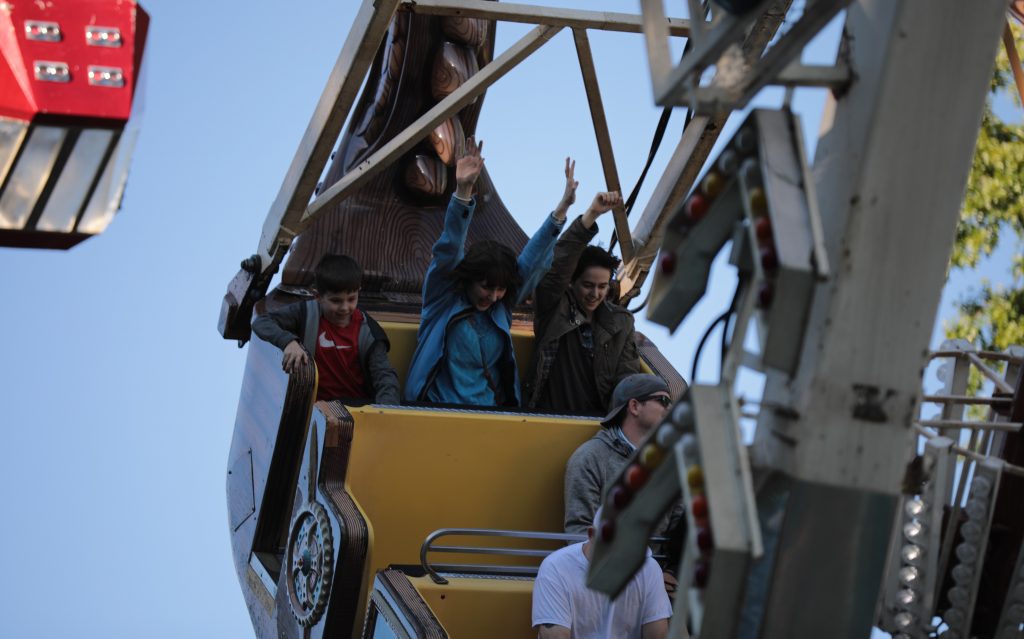
Programming all aspects of a theme park or entertainment destination with cost efficiency in mind can help create operations that are nimble enough to adapt to the crowds of peak season and the lulls of down times, while still always delivering a memorable experience to visitors.
It is wise to create a strong balance of dynamic short-cycle attractions and other slower paced entertainment options such as theater shows and a tram or train tour. Not only does this provide variety, but this will ultimately decrease the number of attractions needed, saving on costs.
In turn, while a park may offer shorter hours or fewer showtimes during the slow season, it will be more feasible to operate all or most of its attractions throughout the year.
Flexibility can also be achieved by engaging third-party partners for certain operations, which can include guest services, call centers, warehousing, administrative services, laundry, employee cafeteria, waste/recycling, and parking lot development and operations.
Scaling operations to meet the fluctuating demand throughout the year can prevent stakeholders from essentially pouring money down the drain.
Leverage Special Events to Drive Attendance During Slow Season
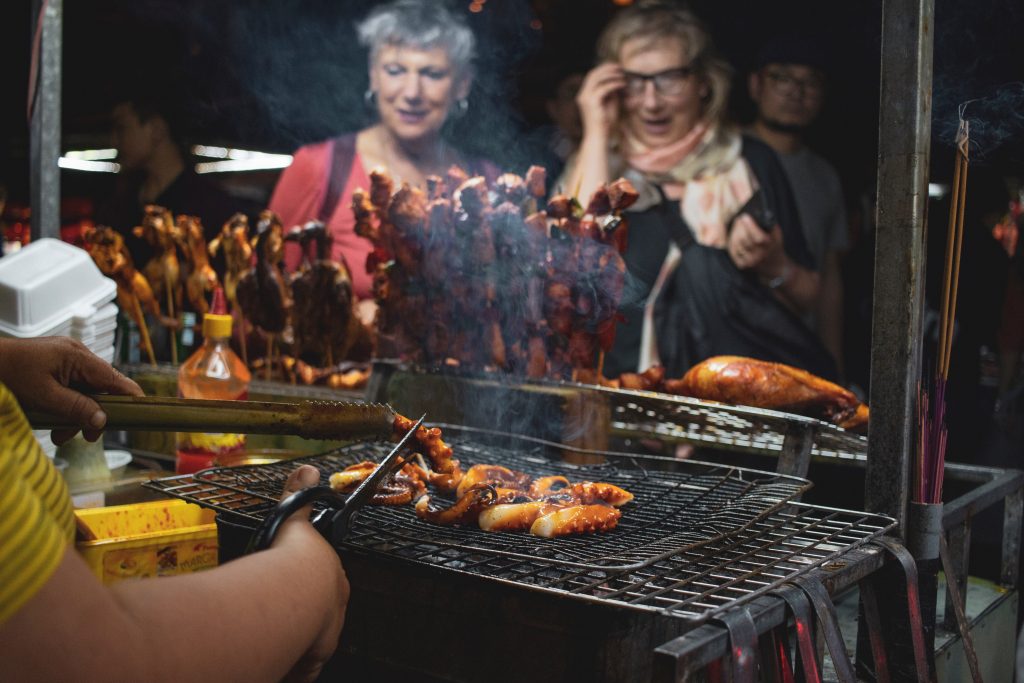
While smart planning for cost management and operational efficiencies is key to navigating attendance highs and lows – especially for year-round destinations – limited-time, creative, and unique offerings are being implemented outside of peak season to attract visitors year-round.
Just as holiday-themed festivities can drive strong attendance through November and December, this strategy is increasingly extending to other times of the year.
For example, one prevalent trend that has emerged over the past few years is food festivals. Through connecting a fun way to engage multiple senses with a strong theme or ties to the park’s history or region and providing new offerings each year, many destinations of varying scales are experiencing sustained success with these food-related events.
Additionally, the beginning of the calendar year can be a popular time for expos and conferences. If a destination includes, or is located near, an event space, theme park operators might consider offering discounts or other incentives to attendees.
The right strategy will be highly dependent on the location and demographics, but can certainly drive results when executed correctly.
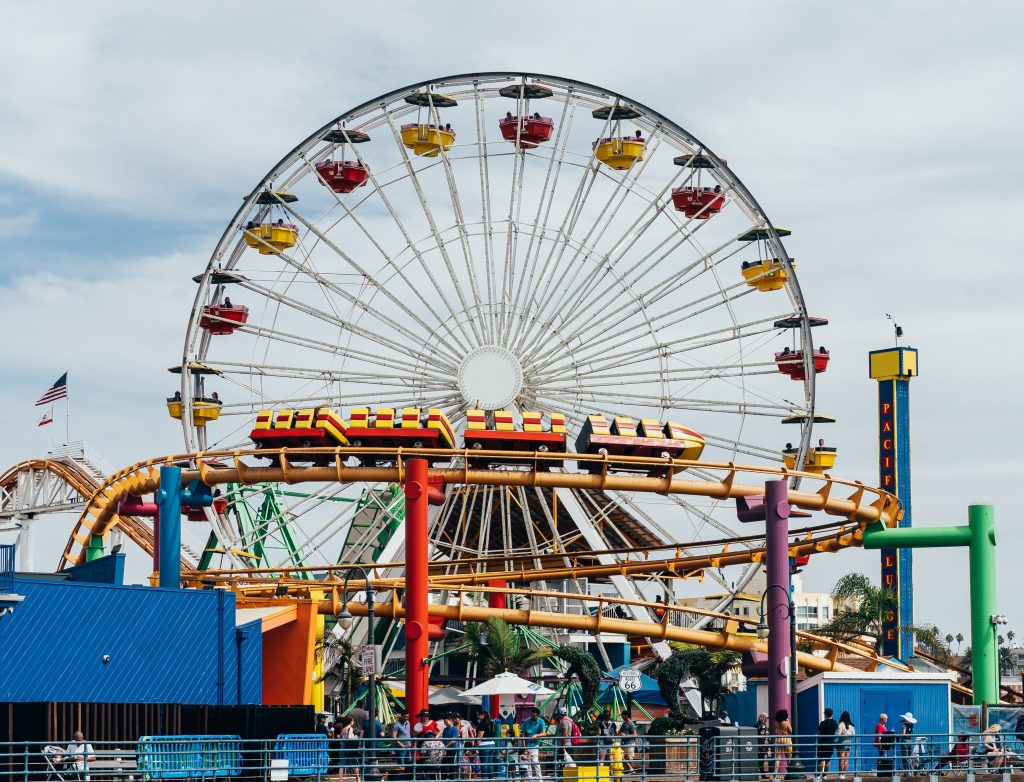
While operators must be prepared for peak season, navigating the slower times is also important to the overall success and long-term feasibility of a theme park or entertainment destination.
Cost challenges associated with attendance seasonality can be mitigated to an extent through efficient planning and smart marketing in the form of special events and promotion to attract visitors. Ultimately, a seasoned operations team or third-party partner is critical in determining the correct strategy for each location on an individual basis.
